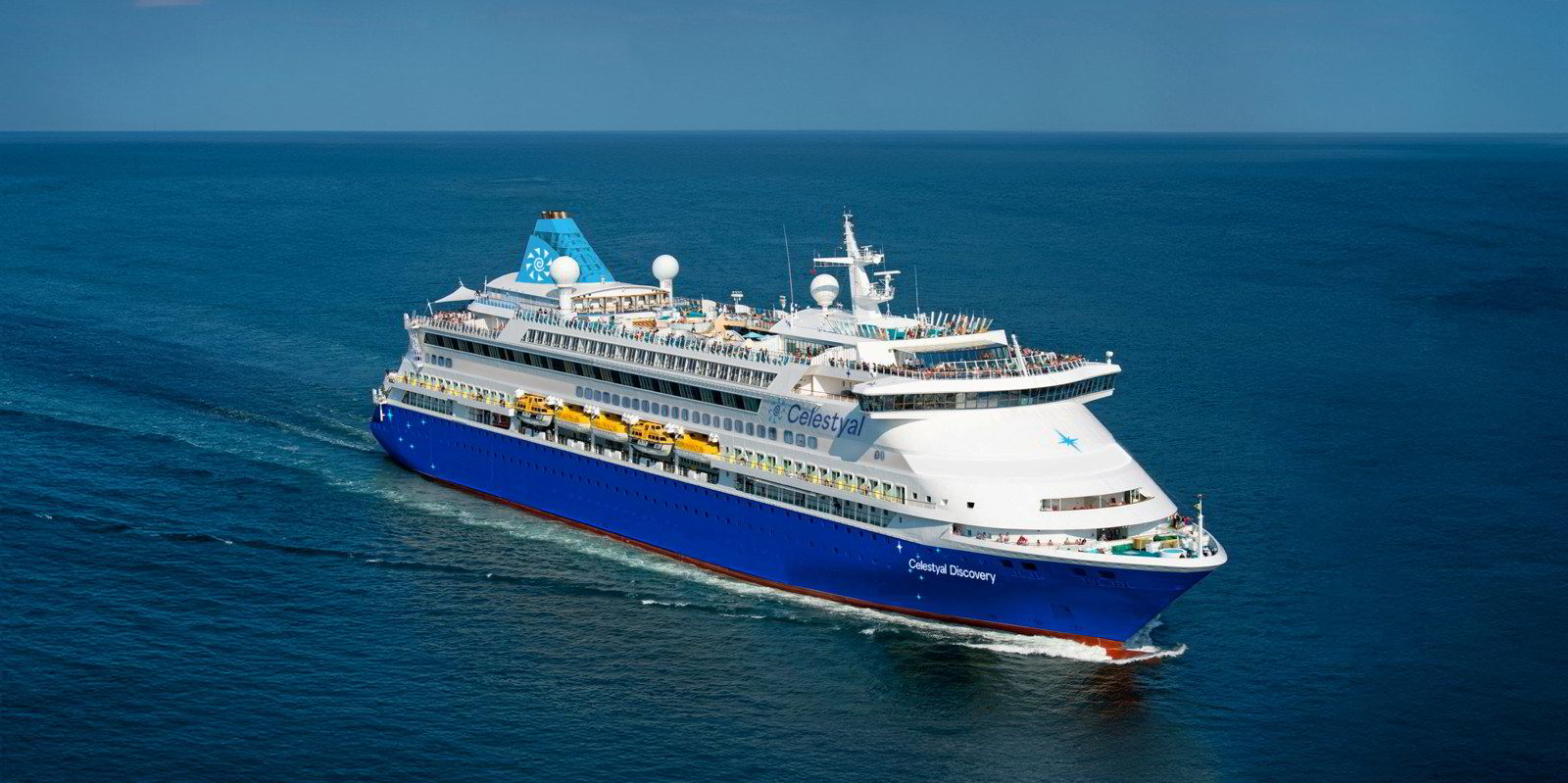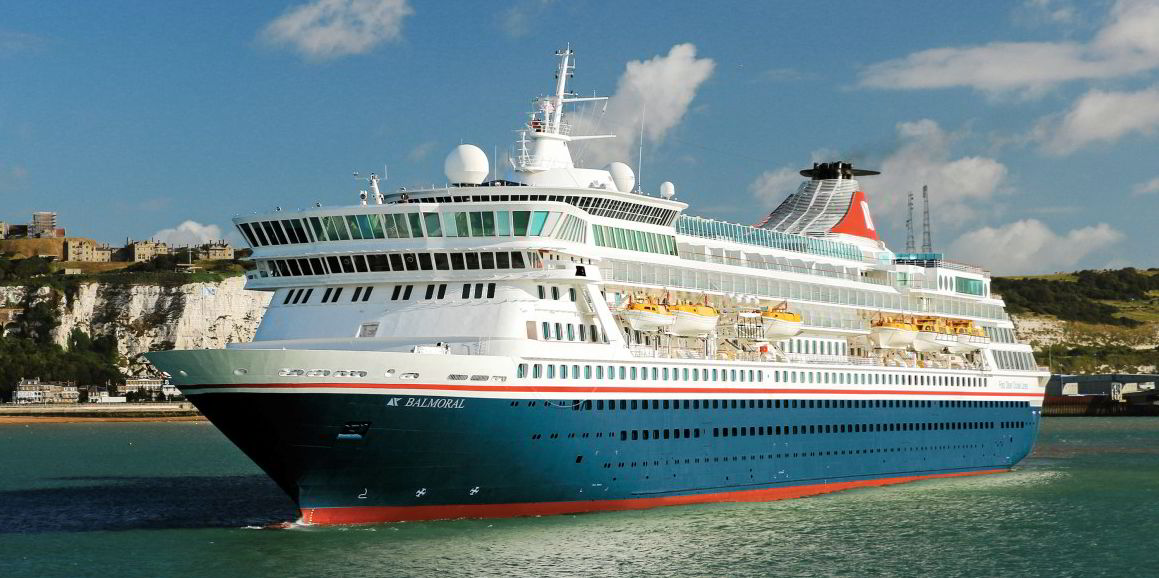Greek operator Celestyal Cruises disclosed on Thursday the completion of its post-Covid fleet re-stocking with a second vessel acquisition this year.
It said its new ship was built in 2003 and had been operating until recently with Carnival Corp’s AIDA Cruises.
The only vessel matching that description is the 42,829-gt AIDAaura (built 2003). Local market sources confirm that it is indeed the vessel that Celestyal has bought, estimating it is worth $60m.
The AIDAaura will be renamed Celestyal Discovery and begin service with the Piraeus-based company in March next year, following a “multi-million euro winter refurbishment” that will most likely boost its value even further.
It has not been exactly a secret that the AIDAaura was up for grabs. AIDA Cruises announced earlier this year that the ship would leave its fleet in September, as TradeWinds already reported.
The sale forms part of a Carnival campaign to cull all four of AIDA Cruises’ smaller ships to leave the brand with 11 significantly larger ones.
The first to go was the 38,600-gt AIDAcara (renamed Astoria Grande, built 1996), which was sold in June 2021 to Russian cruise start-up Aquilon Shipping.
In January 2022, UK-based Ambassador Cruise Line took the 48,100-gt AIDAmira (built 1999).
The 42,289-gt AIDAvita (renamed Avitak, built 2002) followed In March 2023, in a deal with undisclosed buyers.
Crisis? What crisis?
The AIDAaura was the only vessel in this quartet that had returned to service for AIDA Cruises in the post-pandemic period.
Its purchase by Celestyal highlights the strong rebound of the tourism market in the Eastern Mediterranean, particularly in Greece.
Celestyal banked on this recovery to purchase another vessel in February, the Marios Iliopoulos-owned 55,900-gt Aegean Goddess (renamed Celestyal Journey, built 1994).
Chief executive Chris Theophilides said on Thursday that with its second acquisition, Celestyal expedites the renewal of its fleet “given strong market and business conditions”.
The Celestyal Discovery is meant to replace the much older, 37,773-gt Celestyal Olympia (built 1982).
The fleet-renewal programme suggests the company is confident that the current troubles in the Middle East will not stop the inexorable rise of the cruise ship market in the Eastern Mediterranean.
Several local industry observers have even argued that the Greek tourism market will probably benefit from the war in Gaza, as cruise ships reschedule calls to other ports in the region.
The Piraeus Port Authority (PPA), which serves as a hub for the local industry, saw cruise ship calls increase at an annual pace of 34% between January and September to a total of 455.
The number of homeport cruise passengers more than doubled in the same period to 627,017 from 378,899.
Thessaloniki Port Authority (OLTH), operator of the country's second-largest port, inaugurated on 16 November a new cruise ship terminal designed to handle more than 6,000 passengers and the crews of two cruise ships arriving simultaneously each day.
“It’s crazy what’s been going on — there’s just so much pent-up demand from the Covid crisis and there’s no sign it’s slowing down,” one observer told TradeWinds.
The source described Celestyal’s latest acquisition as a good buy in that market, as ships in that size range, which fits small Greek island harbours well, are becoming increasingly rare.
“It’s a workhorse that can be employed very flexibly,” the source said.
Assuming the Celestyal Olympia goes out of service, Celestyal will own three ships.





